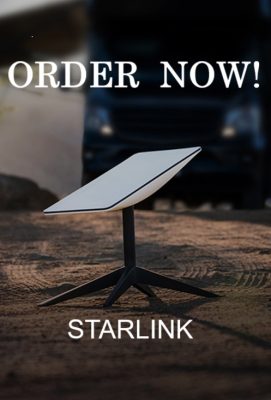No products in the cart.
A walkie talkie is a half-duplex communication device; this type of communication is more effective and less frustrating than one that is continuously failing. Full-duplex communication is more susceptible to failure due to the fact that both parties can transmit and receive simultaneously, leaving more room for error if transmission quality is poor.
This is especially true with the development of cellular phone technology; many consumers have experienced difficulty when trying to communicate in a full-duplex manner over a cellular phone due to drops in call quality. This would not be a problem for a walkie talkie user who is much less likely to experience call failure and can repeat a message if not understood the first time.
The technology behind the walkie talkie has changed little over the years, making it an interesting tool to look at from a consumer behavior perspective. When one thinks of a walkie talkie, they think about pushing a button to talk and releasing it to listen.
This means that two-way communication is not truly two-way, it is a turn-taking action where one person speaks, then releases the button and listens for a response. There are no subscription fees involved in using a walkie talkie, so long as the users are within range of each other. This can be a positive thing for the consumer.
Walkie talkie technology is a relatively new means of communication, popular primarily among police and military personnel. The development of the cell phone, however, has pushed the walkie talkie to be a more consumer-based communication device.
With the aforementioned trend in mind, this technology is largely unexplored in terms of consumer behavior and only a small amount of literature exists to explain this communication product’s effect on consumers, outside of work-related activities.



 العربية
العربية Français
Français Português
Português گؤنئی آذربایجان
گؤنئی آذربایجان Türkçe
Türkçe Lietuviškai
Lietuviškai Español
Español Русский
Русский

